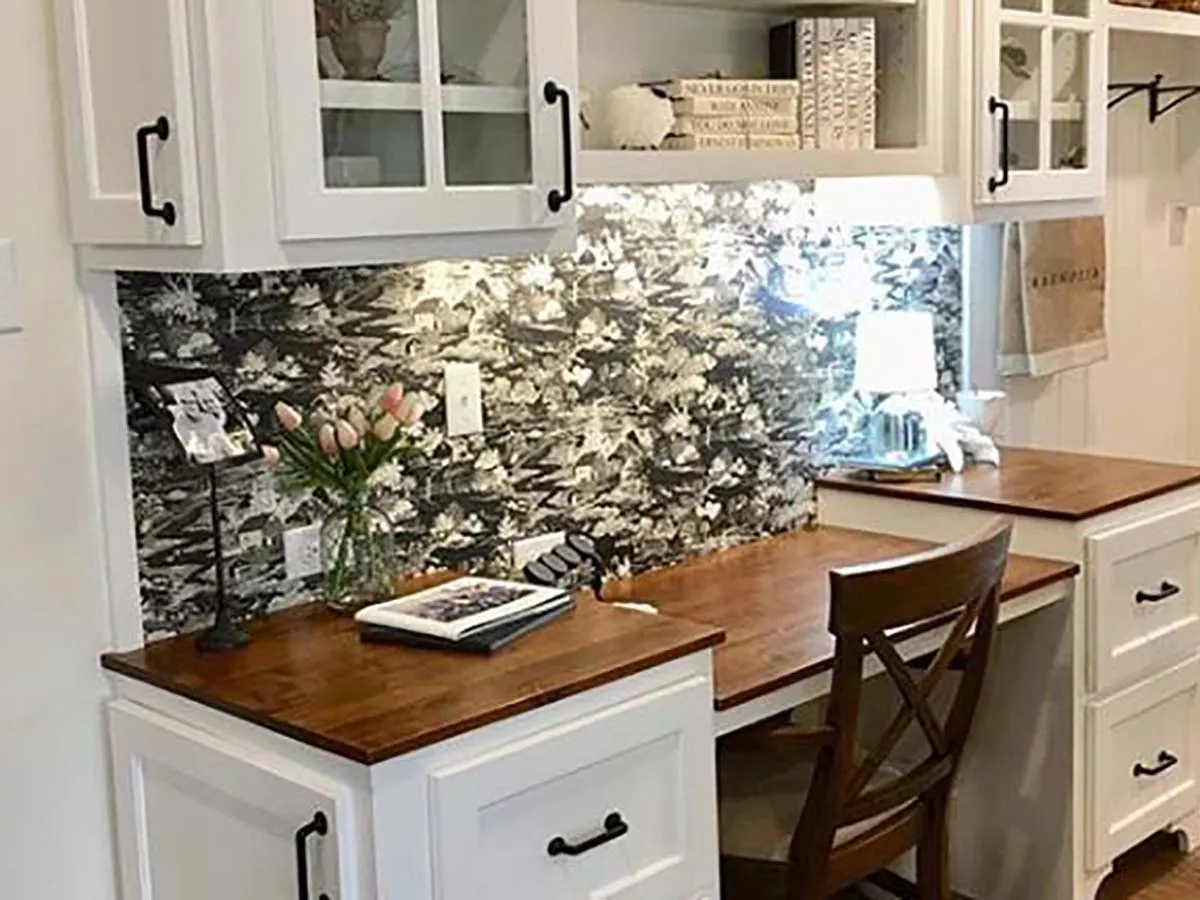The 7 Biggest Tacky Kitchen Decor Mistakes
The kitchen, often hailed as the heart of the home, can be a canvas for creativity and personal expression. However, it’s also a space where design blunders can easily occur, leading to a less-than-desirable aesthetic. Avoiding these common pitfalls will help you create a kitchen that’s stylish and inviting. This guide will help you identify and steer clear of the seven most frequent tacky kitchen decor mistakes, transforming your space into a haven of good taste.
Using Too Many Matching Appliances (Mistake 1)
While the idea of a perfectly coordinated kitchen might seem appealing, an overabundance of matching appliances can often come across as visually monotonous and even dated. The trend towards stainless steel appliances, for instance, has led many homeowners to purchase a full suite of matching items. However, this approach can result in a sterile, impersonal environment. Instead, consider introducing variety by mixing appliance finishes, incorporating statement pieces, or opting for built-in appliances that blend seamlessly with your cabinetry. This approach adds depth and personality to the kitchen, making it feel more curated and less like a showroom.
Why Matching Appliances Can Be a Design Disaster
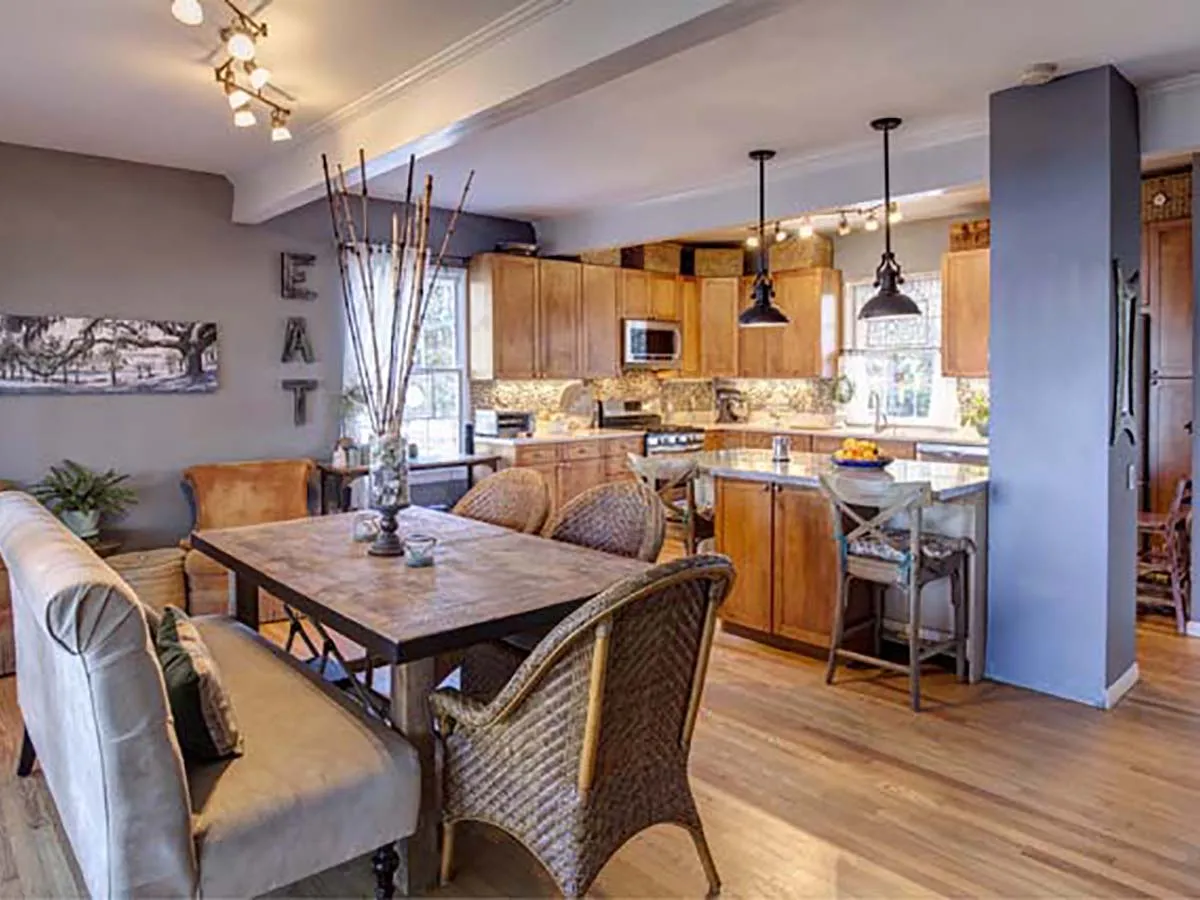
The primary reason why matching appliances can be a design disaster is the lack of visual interest. When everything is the same, the eye has nowhere to rest, and the space can feel flat and uninspired. It also tends to highlight the uniformity of the appliances rather than their individual functionality. Furthermore, trends in appliance design change frequently, and committing to a full suite of a particular style can quickly make your kitchen look outdated. Mixing and matching allows you to incorporate different styles and finishes, creating a more dynamic and timeless look. Consider the overall aesthetic you wish to achieve and choose appliances that complement each other rather than mirroring each other.
How to Avoid the Matching Appliance Trap
To avoid the matching appliance trap, focus on creating a cohesive look by choosing appliances with complementary finishes, such as stainless steel combined with black stainless steel or white. Another way to break up the monotony is to select built-in appliances that blend seamlessly with your cabinetry, creating a more integrated and less appliance-focused design. Consider incorporating a statement appliance, like a colorful range or a vintage-style refrigerator, to serve as a focal point. Prioritize functionality and style over strict matching, ensuring that each appliance contributes to the overall aesthetic of your kitchen. Remember, the goal is to create a kitchen that feels thoughtfully designed and inviting, not overly uniform.
Cluttered Countertops and Surfaces (Mistake 2)
A cluttered kitchen countertop is a hallmark of a disorganized and often tacky kitchen. Countertops should be a space for food preparation and should be kept as clear as possible. Piled-up appliances, stacks of mail, and decorative items that serve no purpose can quickly make a kitchen feel cramped and chaotic. A streamlined and organized countertop not only enhances the visual appeal of the kitchen but also makes it a more functional and pleasant space to work in. This is an easy fix that can make a huge difference.
The Impact of Clutter on Kitchen Aesthetics
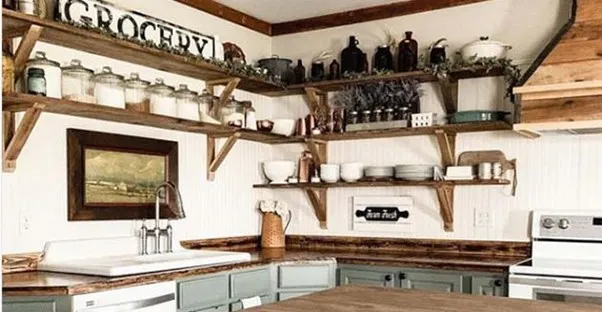
Clutter on countertops can create a sense of visual chaos, making the kitchen feel smaller and less inviting. It distracts from the key design elements of the space, such as the cabinetry, backsplash, and lighting. Excessive clutter also makes the kitchen harder to clean and maintain, leading to a feeling of constant disarray. A cluttered kitchen often reflects a lack of organization and can contribute to a generally negative impression of the home. By keeping countertops clear and uncluttered, you create a sense of spaciousness, order, and a more pleasant cooking experience. The impact is significant, making the kitchen feel more functional and visually appealing.
Tips for Streamlining Your Kitchen Surfaces
To streamline your kitchen surfaces, begin by assessing what items you truly need to keep on your countertops. Store frequently used appliances in cabinets or drawers when not in use. Use decorative trays to corral smaller items, such as cooking utensils and spices. Consider a designated charging station to keep electronics out of sight. Regularly declutter your countertops, removing anything that isn’t essential. Invest in storage solutions like pull-out drawers, pantry organizers, and wall-mounted shelves to maximize space. A minimalist approach to decor, with a few carefully chosen items, will further enhance the clean, uncluttered look. Prioritizing organization is crucial for a stylish and functional kitchen.
Inappropriate or Overdone Themes (Mistake 3)
Kitchens can be themed to reflect personal style, but it’s easy to go overboard and end up with a design that feels forced or even tacky. Themes that are too specific, trendy, or heavily reliant on novelty items often age poorly and can quickly become an eyesore. A subtle nod to a theme, rather than a full-blown commitment, is usually the better approach. The goal is to create a space that reflects your personality without sacrificing timeless appeal.
When Themes Go Wrong in Kitchen Design

Themes often go wrong when they are too literal, clichéd, or overly reliant on novelty items. A kitchen filled with themed accessories can quickly feel cluttered and childish. Overly trendy themes often become dated quickly, leaving the kitchen looking out of style. Poorly executed themes can clash with the overall style of the home and create a disjointed feeling. Avoid themes that are too specific or that try to incorporate every possible element related to a particular idea. Instead, strive for a more subtle and sophisticated approach, focusing on incorporating the essence of a theme through key design elements, colors, and materials.
Choosing the Right Kitchen Theme for Your Style
When choosing a theme for your kitchen, begin by considering your overall home style and the aesthetic you want to achieve. Opt for themes that are classic and enduring, such as farmhouse, coastal, or modern. Incorporate elements of the theme through key design choices, such as color palettes, materials, and a few carefully chosen accessories. Don’t feel the need to overdo it; a few well-placed items can create a subtle and sophisticated nod to your chosen theme. Ensure the theme complements the functionality of the kitchen and doesn’t compromise its usability. Aim for a balance between style and practicality, creating a space that is both beautiful and enjoyable to use.
Poor Lighting Choices (Mistake 4)
Lighting plays a pivotal role in setting the mood and functionality of any kitchen. Poorly chosen lighting can make the space feel dark, cramped, and uninviting, while good lighting can enhance its beauty and functionality. Using harsh fluorescent lights or relying solely on a single overhead fixture are common mistakes that can ruin the ambiance. A well-lit kitchen is a key ingredient in a welcoming space.
How Lighting Affects the Overall Look and Feel of Your Kitchen
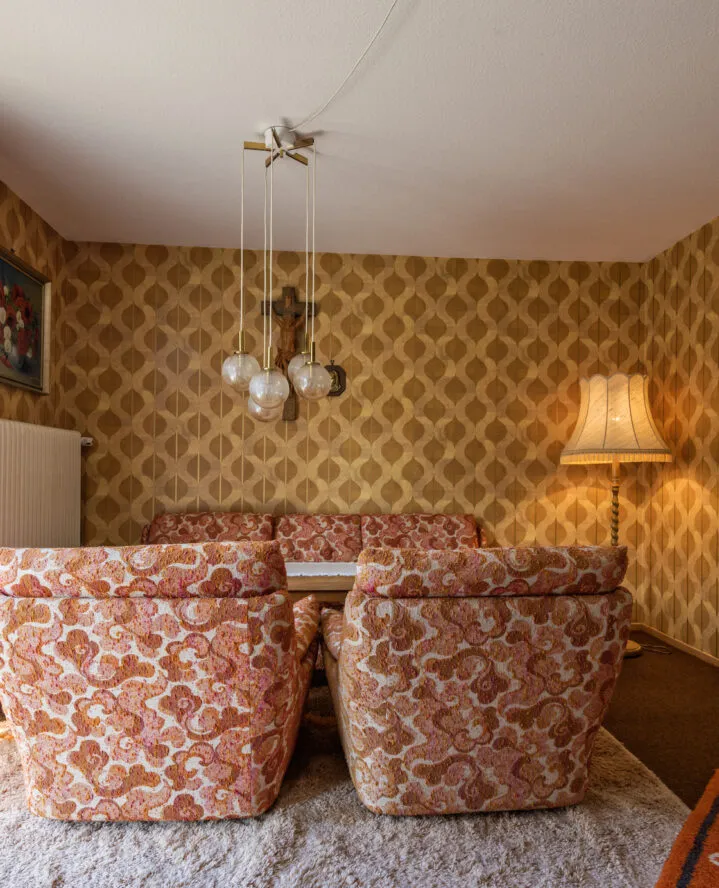
The right lighting can completely transform the look and feel of your kitchen. It affects the way colors are perceived, can make a space feel larger or smaller, and dictates the mood. Harsh, direct lighting can create shadows and make a kitchen feel cold and uninviting. Insufficient lighting makes it difficult to perform tasks like chopping vegetables, while poor placement can cause glare. Warm, layered lighting, on the other hand, can create a welcoming and functional space. Proper lighting highlights the design features of the kitchen, creating a sense of depth and visual interest. The quality of light can significantly impact how you feel and function in your kitchen.
The Importance of Layered Lighting in Kitchens
Layered lighting involves combining different types of lighting to create a balanced and functional atmosphere. It typically includes three main types: ambient lighting, task lighting, and accent lighting. Ambient lighting provides general illumination, task lighting illuminates specific work areas, and accent lighting highlights architectural features or decorative items. For example, install recessed lights (ambient) to provide general illumination, under-cabinet lights (task) to illuminate countertops, and pendant lights (accent) above an island or peninsula. This layered approach provides a range of light levels and creates visual interest. The key is to choose lighting fixtures that complement the overall style of your kitchen while ensuring adequate illumination for every activity.
Outdated or Cheap Hardware (Mistake 5)
Hardware might seem like a small detail, but it can have a huge impact on the overall look of your kitchen. Outdated or cheap hardware can quickly make a kitchen look dated and even tacky. Hardware is an opportunity to add a touch of personality and style to your kitchen, so choosing the right knobs, pulls, and handles is essential. Neglecting this aspect can detract from the overall aesthetic, even if other design elements are well-executed.
The Difference Hardware Can Make
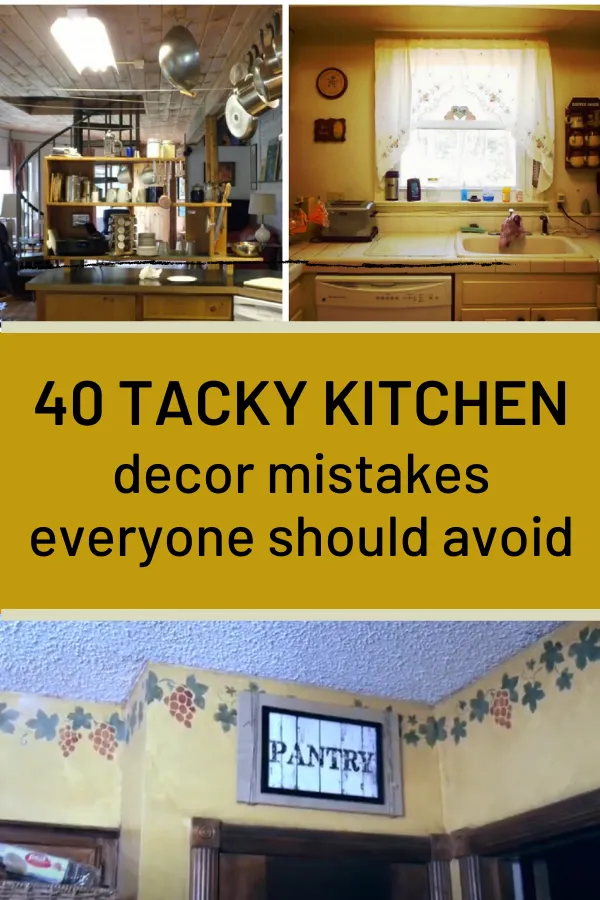
Hardware acts as jewelry for your kitchen cabinetry, adding a finishing touch that can elevate the entire space. High-quality hardware feels better to the touch and reflects the overall quality of the kitchen. Updating hardware is a relatively inexpensive way to refresh the look of your kitchen. A simple change in style, such as swapping out outdated knobs for sleek pulls or switching from chrome to brushed brass, can transform the space. The right hardware enhances the aesthetic and adds personality to the kitchen, while cheap or outdated hardware detracts from the design.
Tips for Choosing Hardware That Elevates Your Kitchen
When choosing hardware, consider the overall style of your kitchen and choose pieces that complement the cabinetry and other design elements. Prioritize quality, selecting hardware made from durable materials that will withstand daily use. Choose a finish that complements the color of your cabinets, as well as any existing metal finishes in the space, like faucets or light fixtures. Experiment with different styles and sizes, keeping in mind the function of the hardware. Remember that even small changes to your kitchen hardware can have a big impact.
Ignoring Functionality for Aesthetics (Mistake 6)
While it’s important for a kitchen to be visually appealing, prioritizing aesthetics over functionality is a common mistake that can lead to an impractical and frustrating space. Designing a kitchen involves striking a balance between form and function. Focusing solely on style without considering usability often results in a kitchen that is beautiful but difficult to work in. A well-designed kitchen is a space that works seamlessly with your lifestyle and enhances the cooking experience.
Why Functionality and Aesthetics Should Go Hand in Hand
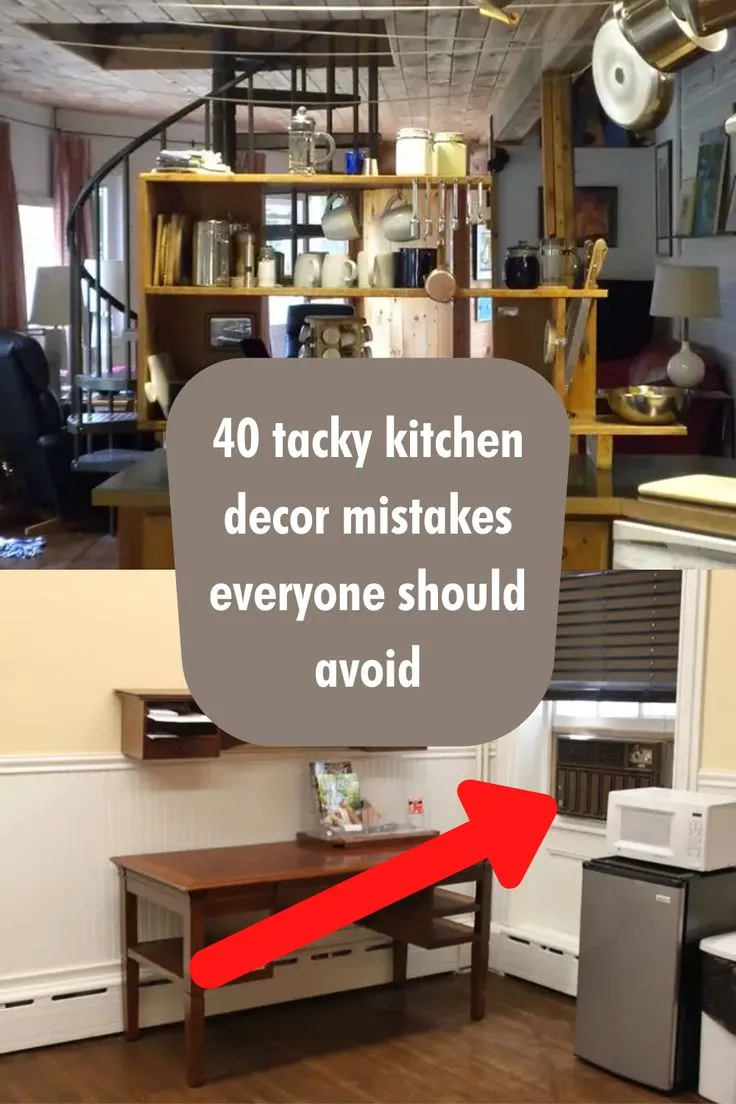
A kitchen must be both beautiful and functional to be a truly successful space. Ignoring functionality can lead to a range of problems, from inadequate storage and poorly placed appliances to inefficient workflows. A kitchen that is difficult to work in becomes a source of frustration, making cooking and other kitchen tasks more challenging and less enjoyable. A well-designed kitchen combines aesthetics with thoughtful planning, creating a space that is both visually pleasing and highly practical. The goal is to create a harmonious balance between beauty and utility, ensuring that the kitchen is a pleasure to use every day.
Balancing Style and Practicality in Your Kitchen
Balancing style and practicality requires careful planning and consideration of how you use your kitchen. Start by evaluating your lifestyle and cooking habits. Then, determine your storage needs and create a layout that maximizes efficiency. Choose appliances that meet your needs and fit your aesthetic. Ensure that the countertop space is adequate and easy to clean. Consider the placement of lighting to make tasks easier. Select materials that are both beautiful and durable. By thoughtfully integrating style and functionality, you create a kitchen that looks amazing and works for you every day.
Neglecting the Backsplash (Mistake 7)
The backsplash is often overlooked, but it plays a crucial role in the overall design of your kitchen. A poorly chosen backsplash can detract from the overall aesthetic, while a well-designed one can serve as a focal point and tie the entire space together. Neglecting the backsplash, or choosing one that clashes with the rest of the kitchen, is a mistake that can make the space feel incomplete or even tacky. The backsplash offers a chance to introduce color, pattern, and texture, adding personality and visual interest.
The Backsplash as a Focal Point
A backsplash can serve as a focal point in your kitchen, drawing the eye and adding visual interest. It’s a relatively small area that offers a big opportunity to make a statement. The backsplash can add color, pattern, and texture, reflecting your personal style. A well-designed backsplash can complement the cabinets and countertops, tying the whole space together. Consider using a bold pattern, unique material, or interesting texture to create a visual focal point that enhances the overall design. The right backsplash can transform an ordinary kitchen into an extraordinary one.
Choosing the Right Backsplash Material and Design
When choosing a backsplash, consider the overall style of your kitchen and select a material and design that complements the other design elements. Choose materials that are durable, easy to clean, and suitable for kitchen use. Popular options include tile, glass, natural stone, and metal. Experiment with patterns, colors, and textures to add visual interest. Make sure the backsplash complements the countertops and cabinetry. Consider the lighting in your kitchen, as different materials will reflect light differently. Selecting the right backsplash involves finding a balance between style and practicality to create a stunning, functional kitchen.
Avoiding these seven mistakes will help you create a kitchen that is stylish, functional, and truly inviting. By paying attention to the details, you can transform your kitchen from a space to a showpiece.
